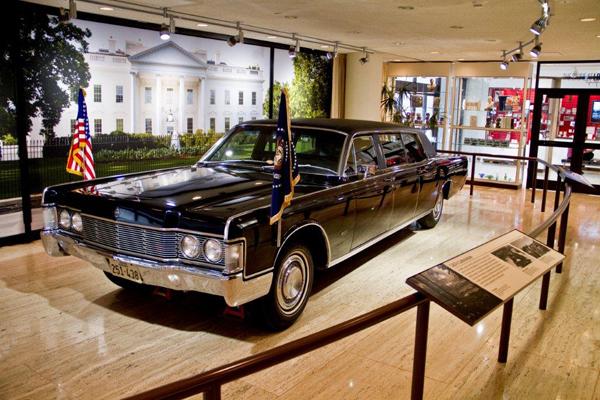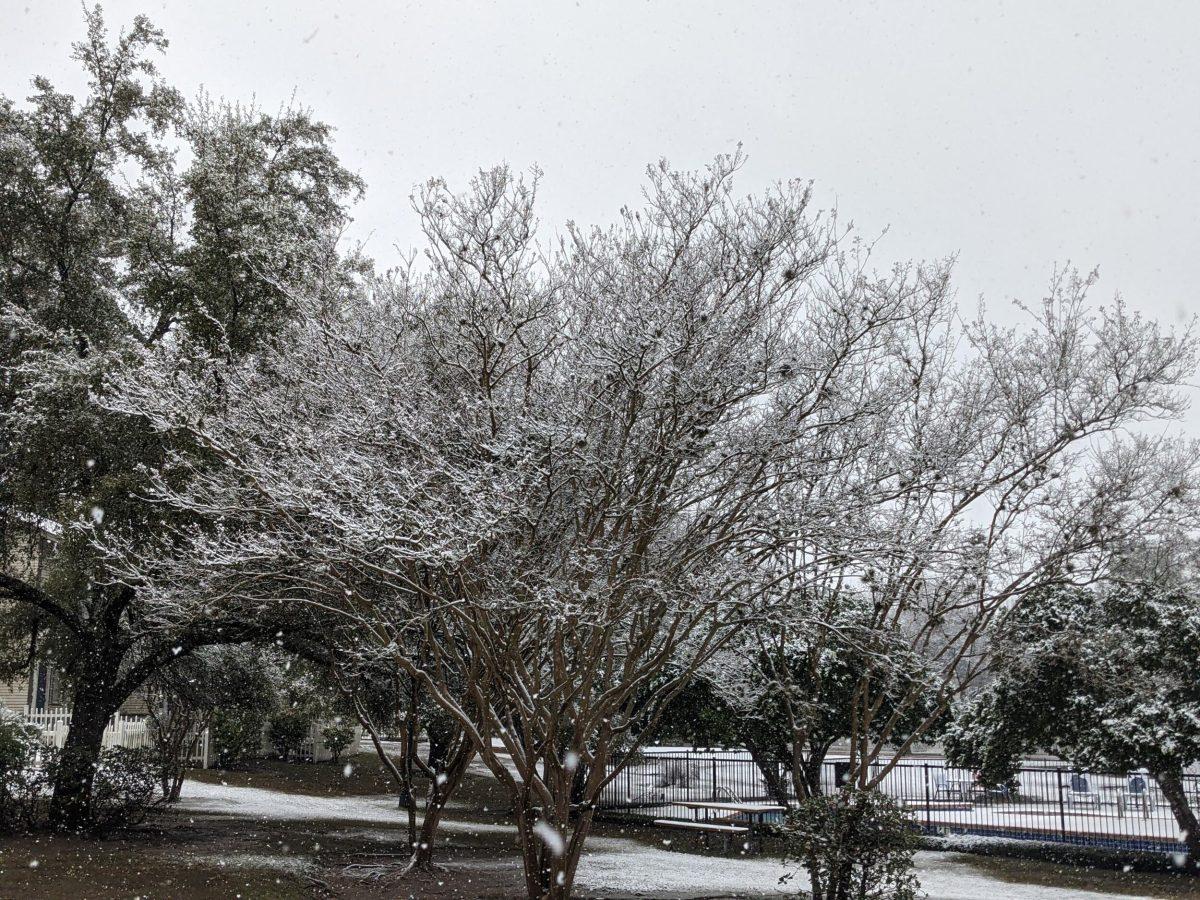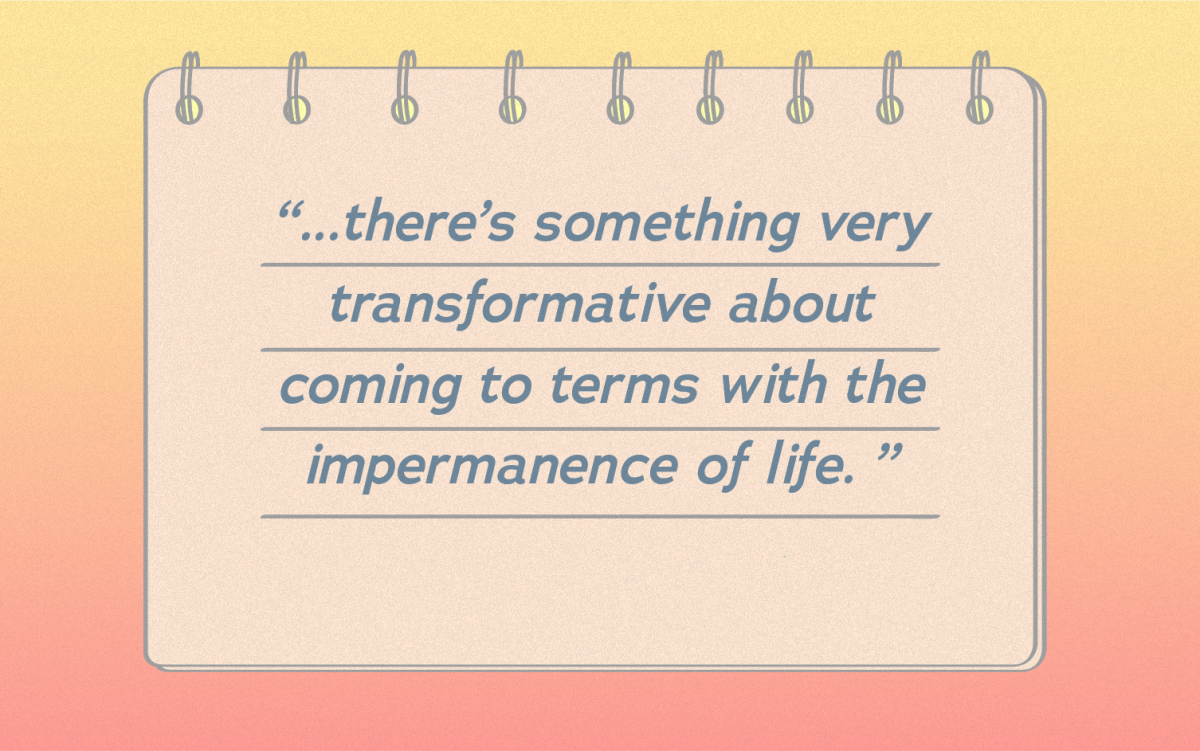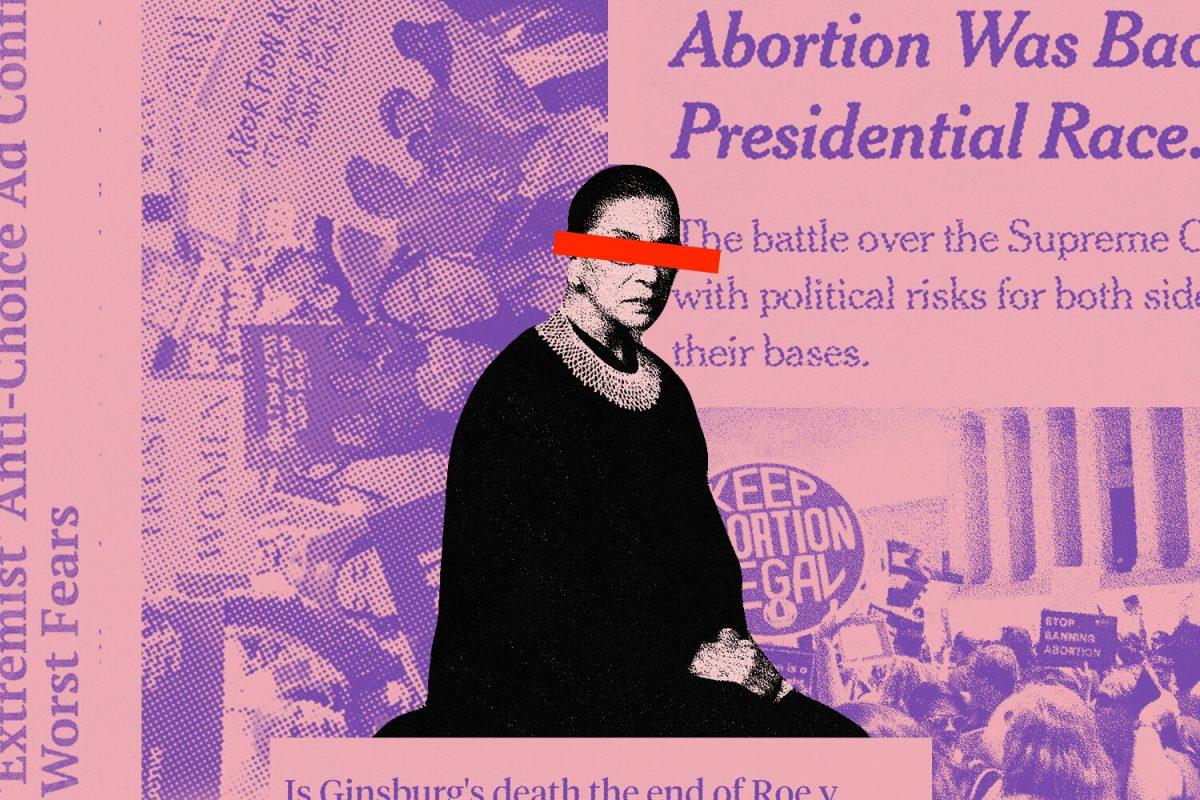By Mary K. Schaffer
The LBJ Presidential Library and Museum rises out of the green grass on the east end of campus, dominating the hill of Robert Dedman Drive. The mammoth white building stands as proud and tall as the powerful Lyndon Baines Johnson himself, testifying to his legacy as a great Texas leader and 36th President of the United States.
The LBJ Library tells the story of LBJ’s entire political career, housing 45 million pages of historical documents, 650,000 photos and 5,000 hours of recordings from LBJ’s career. The library and museum were dedicated in 1971 by LBJ himself, who intended to make all the records of his administration available to the public, according to the library’s website.
Permanent exhibits at the museum include the president’s black stretch limousine, an exhibit visitors see when they first walk in. The museum also includes a replica of the Oval Office from LBJ’s administration, as well as a collection of gifts the president and first lady received while they were in office.
This museum is unique in that it provides an incredible resource for anyone studying not only the Johnson administration but the entire political period of Johnson’s career. Even if you’re not interested in politics, it’s still fascinating to see the life of one of America’s great Texan leaders laid out before you. “The LBJ Library presents an unvarnished look at the presidency of LBJ because that was his wish,” says Anne Wheeler, the Library’s media coordinator. “In dedicating the new library, [LBJ] said, ‘It’s all here … The story of our time … with the bark off.’ He wanted the public to understand the triumphs and the failures [of his administration].” LBJ led the nation during a time of great controversy and all his successes and failures are housed in one 10-story building, just up Dean Keeton Street.
The museum might be too far a walk for some students, but that is no reason not to visit. “The LBJ Library is a rich resource for students,” Wheeler says. “Students can do research here. LBJ was a teacher and education was one of his highest priorities. Additionally, the vast and sweeping legislation passed in the 1960s affects all of us today.” Students can interact with the museum and the history it offers by commenting on some of these issues through new interactive activities at the museum, Wheeler says.
Junior Sarah Bright visited the museum on a class tour and has been back several times since. “The museum is really cool because it tells the story of one man who did great things,” Bright says. “I love it. That time was so controversial–it’s so interesting.”
The Library is undergoing a major redesign and will reopen Dec. 22, Wheeler says, although most of the permanent exhibits at the museum are still open to the public. The grand reopening will be on December 22 and is open to the public.
Admission and parking are free for UT students and faculty with a valid student ID.













































